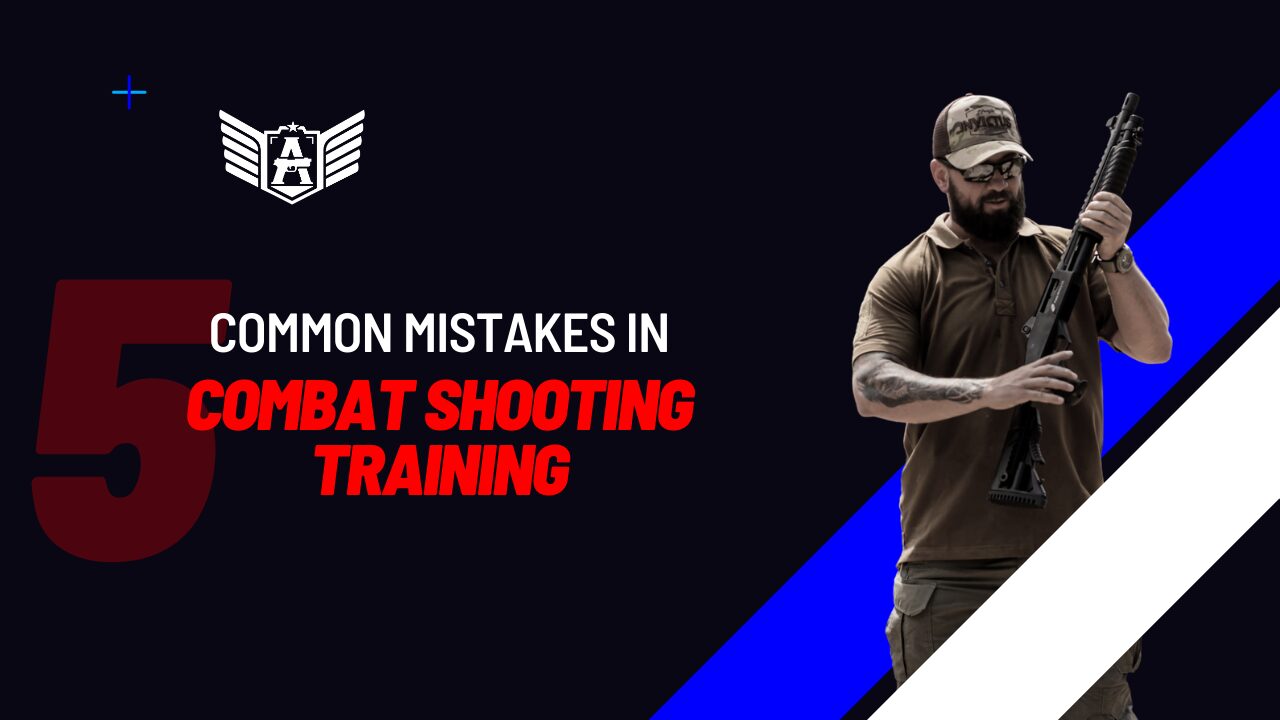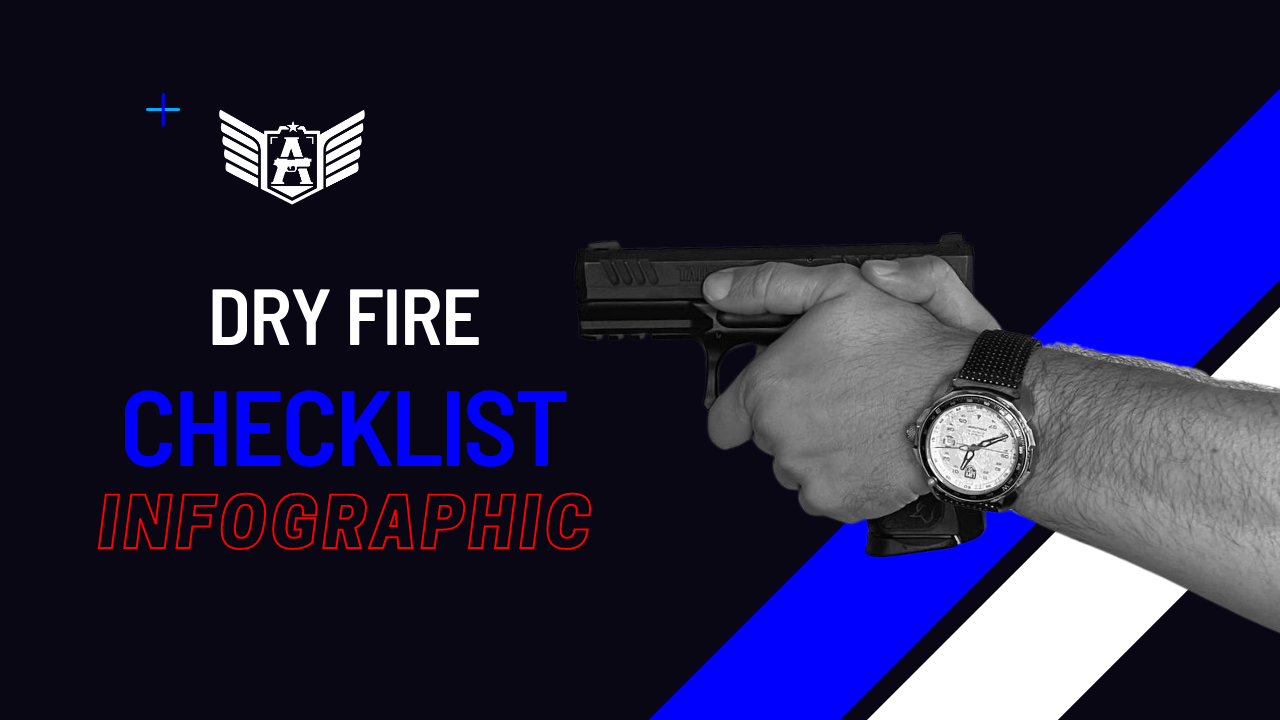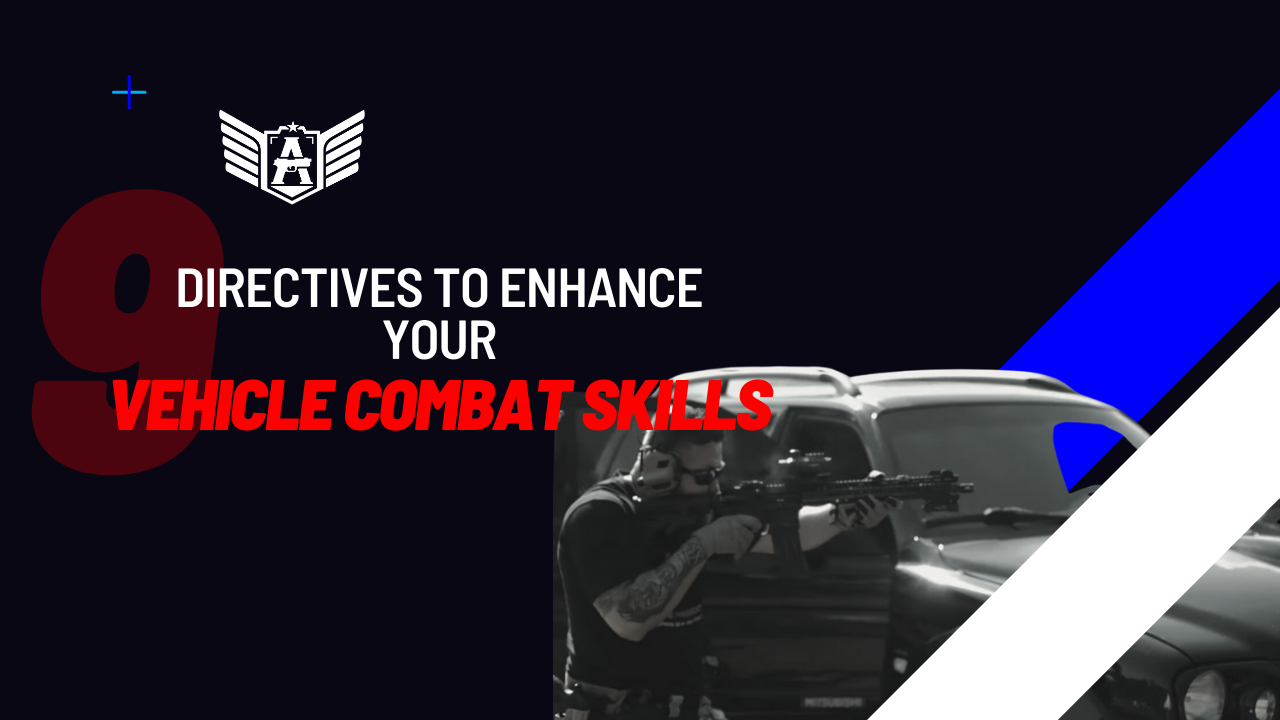In the dynamic world of combat shooting training, precision and proficiency are paramount. Yet, even seasoned marksmen can find themselves entangled in habits that undermine their effectiveness. In this blog post, we’ll delve into five prevalent mistakes often observed in combat shooting training and explore strategies to circumvent them. By honing our understanding of these pitfalls and embracing a strategic approach to training, shooters can elevate their capabilities and readiness for any scenario they may confront.

1. Bringing the Gun to Retention Too Often: One prevalent error among shooters is the habit of frequently bringing the gun back to retention. This reflexive action, where the firearm is quickly returned to a ready position near the body after firing, offers little tactical advantage and may even compromise performance. It’s crucial to train to maintain the firearm in a position ready for engagement rather than defaulting to retention unnecessarily.
2. Handling the Firearm Carelessly: Another mistake is handling the firearm with carelessness or without purpose. Some shooters cycle the gun inconsistently or with improper technique, leading to inefficiency and potential safety hazards. It’s essential to cycle the firearm with intent and precision, ensuring each movement serves a purpose in combat readiness.
3. Training Double Taps Ineffectively: Training double taps, or rapid sequences of two shots, is a common practice, but it’s often executed ineffectively. The belief that double taps capitalize on the temporary cavity created by the first shot to increase lethality is unfounded. Instead, shooters should focus on shooting until the threat is neutralized, rather than adhering to a rigid firing pattern that may compromise accuracy and control.
4. Firing Safety Shots Without Purpose: Many shooters incorporate safety shots, or shots fired to ensure the weapon is empty, into their training regimen. While safety is paramount, firing these shots absentmindedly during training sessions can become a wasted opportunity. Instead, shooters should use safety shots as an opportunity to practice essential skills, such as trigger control and sight alignment, maximizing the value of each repetition.
5. Failure to Adjust Mental State for Training: Lastly, failing to adjust one’s mental state for training can impede progress in combat shooting. Whether it’s relaxation for motor pattern learning or readiness for combat scenarios, mental preparation is essential for effective training. Shooters should visualize realistic scenarios and maintain a combat-focused mindset during training sessions to ensure their skills translate seamlessly to real-world situations.
Combat shooting training requires discipline, focus, and attention to detail. By avoiding these common mistakes and adopting a deliberate, purpose-driven approach to training, shooters can enhance their skills and readiness for any scenario they may encounter. Remember, excellence in combat shooting is achieved through dedication and continuous improvement.





Well maybe? good points for sure, but not evrything is always as it seems in any given situation.. I instruct a Pro Comp team in competive shooting NRA PPC, i get pepole all the time asking me about tactical combat shooing training, i dont do that’ my objective is competive shooting , not tactcal shooting. I will be glad to refer anyone who is seeking this type traing to you. By the way i like # 5 i utilize that in competive shooting. 5. Failure to Adjust Mental State for Training.